A Simple Jew
אַשְׂכִּילָה בְּדֶרֶךְ תָּמִים
Wednesday, January 10, 2007
Bnei Avraham Ahuvecha: Gerim in Chassidic Thought

Sudilkover Rebbe's Advice
Chassidus
Degel Machaneh Ephraim
Shtetl Mysteries
Shtetl's Shul
Shtetl Pictures
Seforim Printed in the Shtetl
Shtetl Map
Shtetl Minhagim
Shtetl Niggunim
Highly Recommended



Chabakuk Elisha
Rabbi Dovid Sears
Rabbi Micha Golshevsky
Rebbetzin Yehudis Golshevsky
Rabbi Lazer Brody
Rabbi Ozer Bergman
Rabbi Yakov Horowitz
Rabbi Avraham Greenbaum
Rabbi Nasan Maimon
Rabbi Chaim Kramer
Rabbi Binyomin Rosenberg
Rabbi Shmuel Rosenberg
Rabbi Tal Zwecker
Rabbi Zvi Leshem
Rabbi Fishel Jacobs
Rabbi Shlomo Slatkin
Rabbi Yitzchok Wagshul
Rabbi Eliezer Shore
Rabbi Tanchum Burton
Rabbi Perets Auerbach
Rabbi Betsalel Edwards
Rabbi Shais Taub
Rabbi Ephrayim Portnoy
Rabbi Yaacov Yisroel Bar-Chaiim
Rabbi Yehoishophot Oliver
My Wife
Dixie Yid
A Talmid
Yoni Lipshutz
Shlomo Katz
Space Cadet
Akiva
A Yid
Mottel
Neil Harris
Yitz...
Michoel
Shoshana (Bershad)
Yossele Kvetch
Yitz
Moshe David Tokayer
Bob Miller
"Believing Gentile"
Alice Jonsson
Psycho Toddler
Avakesh
Treppenwitz
Chana Jenny Weisberg
Neshama
MoChassid
Jameel
Shoshannah Brombacher
Rafi G.
Yirmeyahu
Chaim
Vegetarian Chassid
A Mile Down the Road
Yossi Katz
Long Beach Chasid
Tzedakah


Some Rights Reserved

Online Torah Resources
Other Useful Links




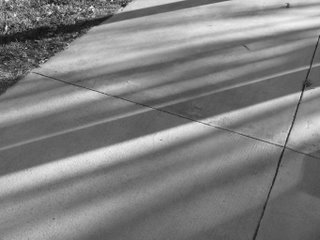
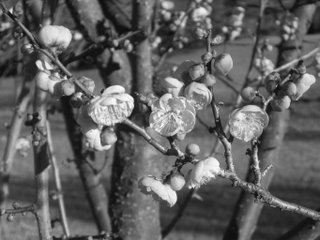
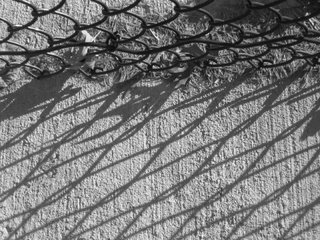
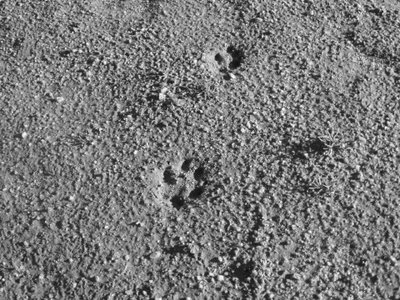


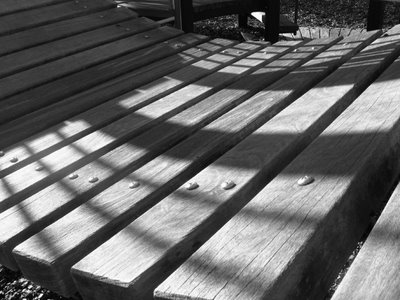


9 Comments:
I am new to this. Are these photographs amateurish? Please be honest.
I liked them.
They show that you find beauty in the mundane, which is not surprising. : )
When our older son was small, I was very much into photography and thought it would be fun to cruise around our part of Allentown PA together taking color snapshots of tow trucks. We had a great time and still have the scrapbook.
In searching for words to describe your photographic art, I googled terms such as "mundane," "extraordinary," and "photography" and came across the blog of Andrew Ilachinsky, "Tao of Photography." In a post describing 10 "epiphanous" photographs by great photographers [http://tao-of-digital-photography.blogspot.com/2006_03_01_archive.html], his descriptions seem to apply to your photographic art as well:
In describing the art of Minor White, he says:
"What at first [sight] appears to be nothing more than a "mere" beautiful pattern of stone, quietly, almost imperceptively, shifts into an unrecognizable, and - almost paradoxically, even more beautiful - subjective pattern of shapes, textures and tones. Reality, in short, has simply [disappeared], and has been replaced - by what? - anything the viewer's eye/I happens to see at the moment of viewing. Outer objective reality blended, and enfolded, into subjective, inner truth and vision; and a "mere" representational photograph transformed into a glimpse of a transcendent dynamic reality."
He quotes the photographer Josef Sudek:
"...everything around us, dead or alive, in the eyes of a crazy photographer mysteriously takes on many variations, so that a seemingly dead object comes to life through light or by its surroundings....To capture some of this - I suppose that's lyricism."
Aaron Siskind is quoted:
"...The experience itself may be described as one of total absorption in the object. But the object serves only a personal need and the requirements of the picture. Thus, rocks are sculpted forms; a section of common decorative iron-work, springing rhythmic shapes; fragments of paper sticking to a wall, a conversation piece. And these forms, totems, masks, figures, images must finally take their place in the tonal field of the picture and strictly conform to their space environment. The [object] has entered the picture, in a sense; it has been photographed directly. But it is often unrecognizable; for it has been removed from its usual context, disassociated from its customary neighbors and forced into new relationships."
Ilachinsky says:
... "ordinary things" may be viewed (and understood) as symbols of abstract "otherness" ...and of one's "inner state" ...when the last vestiges of all conventional reference frames are removed from a composition - deliberately, so as to force the viewer to rely on a more primitive language of context-less shapes and tones - a even deeper, ineffable beauty emerges."
In describing a photo by Edward Weston, he says:
"Weston's Pepper, No. 30, is a perfect example of Weston's artful perfection and unique eye. It is, in fact, a "mere" pepper; a "thing" we have all seen countless times, mostly without ever really looking at any given pepper's unique, and uniquely beautiful, curves and tones. But the world had to wait for Weston to show us how magnificent a humble pepper really is; and by so doing, to also show us all how all things, if seen - and displayed - with the proper eye/I, possess a resplendent inner glow. ... Weston elevated the photography of "common objects" such as rocks, sea shells, and vegetables to an artform. Through impeccable composition, masterful attention to tone and design, and consummate printing skills, everyday things became works of art. Ansel Adams wrote that "Weston ... has recreated the matter-forms and forces of nature; he has made these forms eloquent of the fundamental unity of the world. His work illuminates man's inner journey toward perfection of the spirit."
ASJ, I think your recent work exemplifies the techniques and achievements of these great photographers. You have an excellent sense of composition, and you select your subjects well. By concentrating on shapes -- linear, curved, branched -- you show us the inner structure and patterns that we rarely notice; because we see these "ordinary" objects all the time, they are "hidden in plain view." As you develop your photographic abilities, I think you might learn more about contrast, so that the potential drama, as well as the fascinating details, are brought out by your focus on them.
Jack: Thank you.
Alice: ~blush~
Bob: Your story reminds me of a time when I was still very young. My mother put a role of film in old her camera from the 1960's and I went out into the neighborhood taking an entire role of film of squirrels.
Shoshana (Bershad): I enjoyed reading the quotes you provided. I am actually going to post a Q&A on photography on Friday in which my friend Mottel provides his thoughts on the subject. Thank you for your feedback!
really
really fantastic
film?
Muse: Thanks. Digital.
I like the bridge in the playground very much. It brings back fond memories.
Post a Comment
<< Home